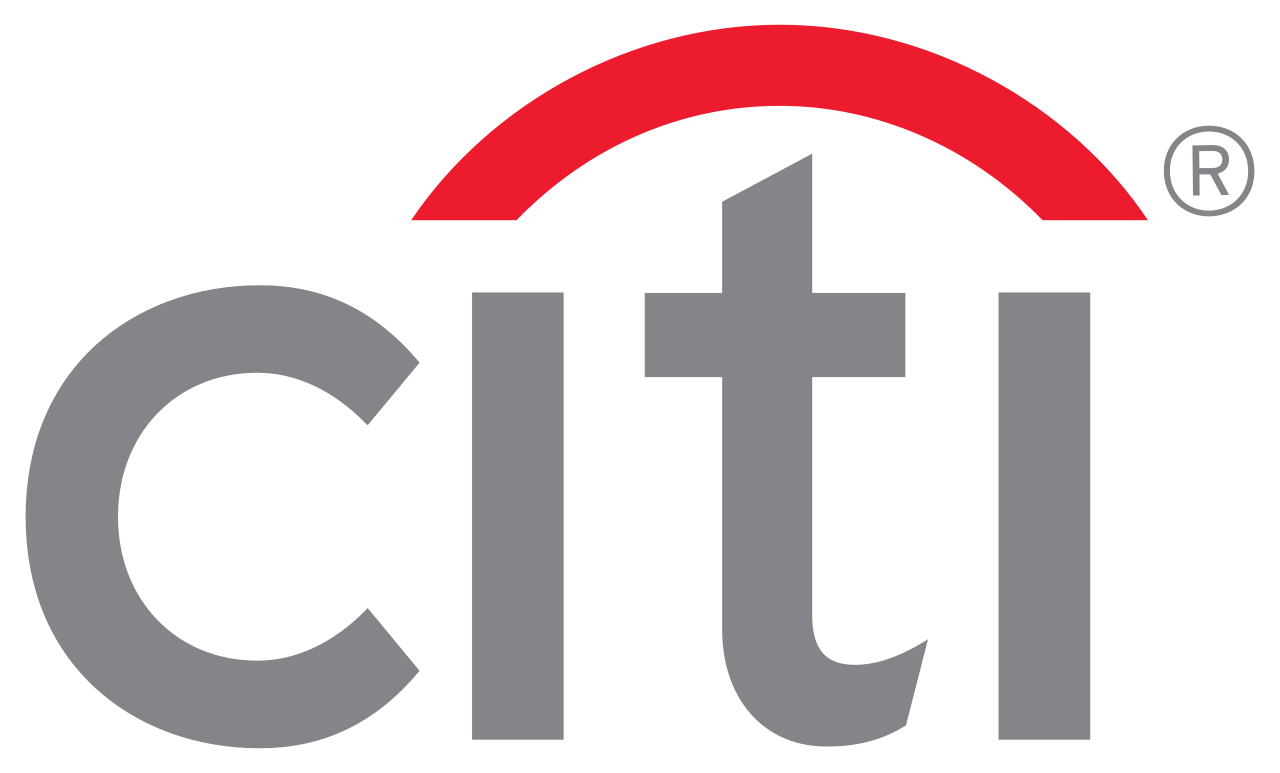The CEO Imperative: Is your strategy set for take-off?
25.03.2021Company: EY
Four keys to broader, bolder thinking for leading your organization’s post-pandemic recovery.
- We’ve identified two types of CEO – “value visionaries” and “pragmatists” – seeking to balance short-term financial performance with long-term value creation.
- The two CEO personas are moving at different speeds on their transformation journey.
- Leading value visionary CEOs have bolder investment plans and ensure all stakeholder groups help develop and are aligned to the company’s strategy and purpose.
Do you have a visionary strategy, or just strategic vision? The emergence from the COVID-19 pandemic presents an opportunity for leaders to push their organizations toward capturing emerging growth opportunities and strengthening their competitive position. But it takes more than just a clearly defined strategy; it requires the courage to reframe the whole enterprise to look beyond the pandemic with clear ambitions to drive long-term value.
Sometimes the best way out of a short-term crisis is to plan for the long-term.
While the pandemic has had impact across the board, not all companies have been hit in the same way or at the same time.
Companies in certain sectors have experienced an existential crisis during COVID-19 and have been unable to do anything other than focus on survival – CEOs in the airline industry, for example, can only mitigate the impact of travel restrictions. However, CEOs in many other sectors have not only been able to mitigate threats but also manage the next phase of their transformation.
The most forward-thinking of these CEOs are looking beyond the scrutiny of quarter-to-quarter performance reporting.
Using a technique called “latent class regression,” an analysis of more than 1,000 CEO respondents to the latest EY Global Capital Confidence Barometer finds a small group of CEOs embracing new practices to redefine forward-thinking corporate strategies. This “value visionaries” cohort makes up 13% of CEOs: a group viewing the COVID-19 pandemic as a wake-up call, fueling their bold growth ambitions. Most surprisingly this is not driven simply by the industry the companies operate in. There are value visionaries in each industry and across geographies.
The remaining 87% are what are categorized as “pragmatists” – leaders who recognize the need to re-orient for a post-COVID-19 business landscape but have not yet fully committed to bolder action plans.
Respondents were assessed based on three dimensions of their focus on long-term value creation: CEOs' intentions to invest in the near- and long-term; their wider stakeholder engagement strategy; and the company’s experience of the pandemic.
This analysis identified four attributes shared by high-performing CEOs when it comes to building sustainable growth:
- A transformation imperative, which is crucial to positioning for growth in a post-pandemic world
- A deal-making mindset, to accelerate strategic transformation
- A vision of the future, to bridge the gap between short-term financial pressures and long-term value creation; building robust and resilient value chains that view globalization as more than just a short-term cost reduction opportunity
- A desire to convene minds, engaging multiple stakeholder groups to accelerate transformation, and securing support from key shareholders on that journey
Add to all of this the need to continue building resilience across the company’s operations, and it’s easy to see why the CEO role is only becoming more complex — and consequential. This article, as part of our CEO Imperative series, seeks to provide critical answers and actions to help your organization reframe its future.
More information here.
Tags: Human Resources |







